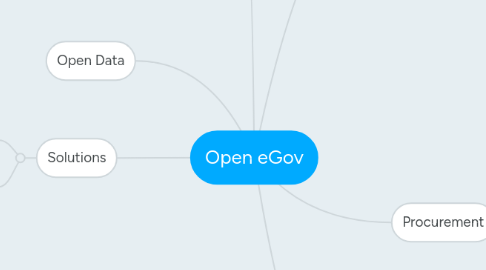
1. Open Source Software
1.1. Licenses
1.1.1. Purpose
1.1.1.1. Can modify, can distribute as OSS
1.1.1.1.1. GPL, EUPL, BSD, Mozilla Public Licence, MIT Licence, LGPL
1.1.1.2. Can modify, can distribute as proprietary
1.1.1.2.1. BSD, MIT Licence
1.1.2. Risks
1.1.2.1. OSS licences usually states the SW is provided "as is", i.e. no liability of supplier => guarantee must be ensured in an agreement
2. Open Data
3. Solutions
3.1. IT Projects
3.2. SW Packages
3.2.1. Office
3.2.2. OS
4. Procurement
4.1. Planning
4.1.1. Market research
4.1.2. TCO calculation
4.1.2.1. licence purchases
4.1.2.2. required hardware
4.1.2.3. required upgrades and extensions
4.1.2.4. technical support
4.1.2.5. training
4.1.2.6. maitenance
4.1.2.7. exit costs
4.1.3. Long term benefits
4.2. Tendering
4.2.1. Open standards
4.2.2. EU regulation
4.3. Selecting
4.3.1. Maturity & reliability check
4.3.1.1. Maturity model
4.3.2. Supplier profile check
5. Resources
5.1. Czech
5.2. EU
5.2.1. FOSS public procurement guidelines
6. Priorities
6.1. Interoperability
6.1.1. Technical, semantic and organisational aspects
6.2. Flexibility
6.2.1. Highly scalable and customisable
6.3. Transparency
6.3.1. Software procurement, selection and integration procedures should be documented and kept open and transparent
6.3.2. Software system architectures, features and functionalities should be also as visible as possible so they can be benchmarked, evaluated and modified
6.4. Independence
6.4.1. FOSS: public stakeholders could either rely on in-house resources or use the competition of multiple external suppliers
6.5. Cost effectivness
6.5.1. TCO: licence purchases, required hardware, required upgrades and extensions, technical support, training and maintenance fees, exit cost.
6.5.2. Long term benefits

